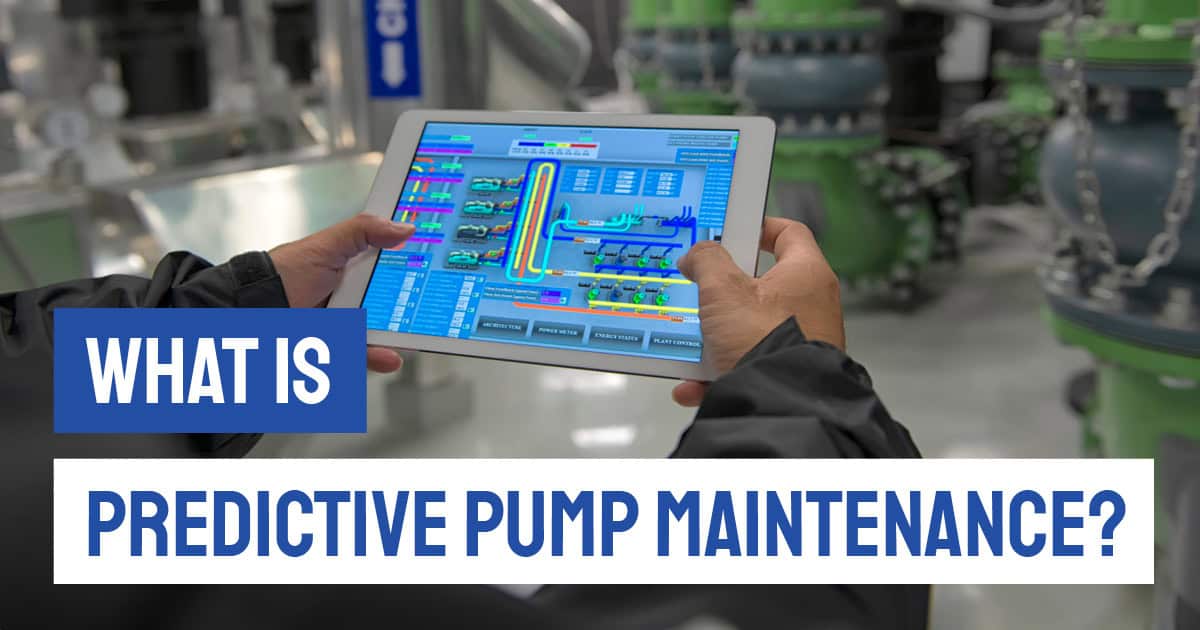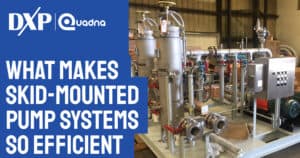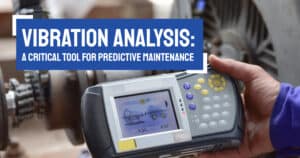For any pump operator, system optimization is a critical goal. Every step must be taken to minimize downtime, achieve better efficiency, and extend the life cycle of pump equipment. Predictive pump maintenance has emerged as a proactive, tech-based approach to pump management. But what exactly is predictive pump maintenance, and how does it differ from traditional methods?
Understanding Predictive Maintenance
The predictive maintenance strategy uses AI-driven data analytics, advanced monitoring tools, and specialized sensor technologies to predict when a pump is likely to fail or require maintenance. Predictive maintenance is essentially the opposite of reactive maintenance, which occurs after a failure. It also differs from preventive maintenance, which revolves around scheduled maintenance tasks based on predetermined time or usage intervals. Predictive maintenance relies on real-time data to assess the actual current condition of the pump equipment and its vital components.
This method allows operators to perform maintenance exactly when needed, based on the specific wear and tear of the equipment. The goals of predictive maintenance are to prevent unplanned downtime, avoid unnecessary maintenance, and extend the overall life of the rotating equipment.
How Predictive Maintenance Works
Predictive pump maintenance leverages advanced monitoring systems such as vibration sensors, thermography, and ultrasonic analysis. Real-time data related to the pump’s performance are gathered. Specific data are monitored during operation, including vibration levels, temperature, flow rate, and pressure. This data are then analyzed using artificial intelligence (AI) learning algorithms or condition-based monitoring software to detect trends and anomalies that could signal potential issues.
For example, let’s say your centrifugal pump’s vibration levels suddenly increase beyond the normal range. This could indicate an imbalance, shaft misalignment, or bearing wear. By catching these signs early, technicians can schedule timely repairs or replacement parts before a catastrophic failure occurs.
Key Benefits of Predictive Pump Maintenance
There are numerous benefits to implementing predictive pump maintenance technology. Here are specific advantages to consider:
Reduced Downtime—One of the most significant advantages of predictive maintenance is that it minimizes unplanned downtime. Since issues are detected before they cause complete failures, repairs can be scheduled during nonpeak times or planned shutdowns to ensure minimal disruption to operations.
Long-Term Cost Savings—By addressing problems early, companies can avoid costly repairs or replacements that typically result from reactive maintenance. Predictive maintenance also reduces labor costs, as technicians only service pumps when necessary.
Improved Equipment Lifespan—Consistently monitoring the condition of pumps extends their operational life. Predictive maintenance ensures parts are replaced only when they are truly worn, reducing the risk of premature component failure due to unnecessary maintenance.
Enhanced Safety—Predictive maintenance also contributes to a safer working environment. When pump failures occur, they can cause accidents, leaks, or hazardous working conditions. Companies can reduce these risks and protect their workers through predictive maintenance.
Environmental Benefits—A well-maintained pump system operates more efficiently, which may lead to energy savings and reduced emissions. Predictive maintenance can also prevent spills, leaks, or hazardous or sensitive materials into the environment.
The Future of Predictive Maintenance
As the Internet of Things (IoT) continues to evolve, predictive pump maintenance is becoming more advanced. Smart sensors, cloud-based analytics, and AI-driven diagnostics are making it easier to predict equipment failures with even greater accuracy. Companies that effectively adopt these technologies can expect to see further reductions in downtime, costs, and operational inefficiencies.
To learn more about predictive maintenance technology and the best monitoring and analytics systems for your specific equipment and application, contact DXP Quadna. Let our team explore options and find the right solutions for your pump management needs.





